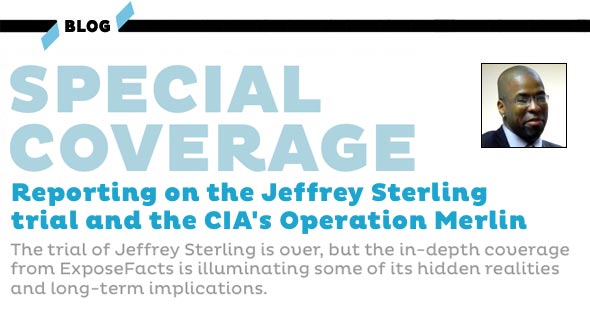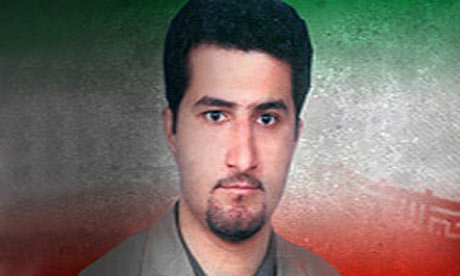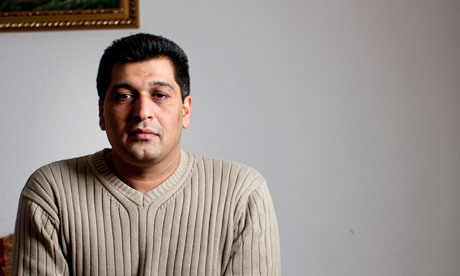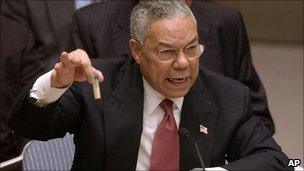.
.
.
‘We
Ain’t Found Shit’
Scott Ritter explains why Iran shouldn’t accept ‘no notice’ inspections of its nuclear sites
By Scott Ritter at information clearing House
Scott Ritter explains why Iran shouldn’t accept ‘no notice’ inspections of its nuclear sites
By Scott Ritter at information clearing House
.
Nuclear negotiations between Iran and
what’s known as the P-5 + 1 group of nations (the United States, the
United Kingdom, France, Russia, China and Germany) are scheduled to
conclude on 30 June. A ‘framework agreement’ was set out in April,
but still at issue is what kind of access inspectors from the
International Atomic Energy Agency will have. Iran has agreed to
inspections of all the sites it has declared are being used to
develop its nuclear power programme. The US insists that any
agreement must also address what it calls ‘possible military
dimensions’ – that is, allegations that Iran has pursued an
undeclared nuclear weapons capability – and is demanding the right
to conduct ‘no notice’ inspections of nuclear sites, and to
interview Iranian nuclear scientists. ‘It’s critical for us to know
going forward,’ the US secretary of state, John Kerry, said in June,
that ‘those activities have been stopped, and that we can account
for that in a legitimate way.’ France has said that any agreement
that doesn’t include inspections of military sites would be
‘useless’. Iran has been adamant that it won’t allow them and that
its nuclear scientists are off-limits.
.

The history of no notice
inspections in Iraq does not bode well for their use in Iran.
Such inspections are intelligence-based exercises. The bulk of
the intelligence underpinning the US concerns over ‘possible
military dimensions’ comes from the ‘alleged studies’ documents
– a series of files the IAEA obtained in 2008 which appear to
show that Iran had conducted some nuclear weapons development in
2002 and 2003. Their credibility has often been called into
question and the Iranians declare they are fake. There’s good
cause, too, to believe that much of the remaining intelligence
buttressing the CIA’s case against Iran is flawed. The strange
tale of the Iranian physicist Shahram Amiri, whose defection the
CIA facilitated in the spring of 2009, serves as a case in
point. Amiri was for several years before his defection an
American agent-in-place whose reporting was used by the CIA in
formulating its assessments on Iran. But his re-defection to
Iran in 2010 suggests that he may have been a double agent,
calling into question all his reporting to the CIA, before and
after his defection.
.

Operation Merlin, in which the CIA
attempted to pass on to Iran flawed designs for a nuclear
weapon, further undermines the CIA’s credibility as a source of
information about an alleged Iranian nuclear weapons programme.
. 
If they were permitted, where would no notice
inspections in Iran take place? There are two sites that the
IAEA has publicly declared to be of interest. The first is
Parchin, a military facility associated with the Iranian
Revolutionary Guard Command. The IAEA was granted a ‘managed
access’ inspection of the facility in 2005, and found nothing.
In 2007, the IAEA claimed to have received new information
linking Parchin to a test of a neutron initiator, the device
which starts fission in a nuclear warhead, and asked to visit
the site again. Iran has refused on the grounds that the basis
for such an inspection is flawed. Robert Kelley, a former IAEA
inspector, agreed: ‘The allegations that Iran carried out
hydrodynamic experiments related to nuclear explosives in a
large steel containment vessel [at Parchin] have questionable
technical credibility.’ Parchin is a sensitive military
facility, and Iran fears that giving inspectors access would
lead to an intelligence-driven fishing expedition. The other
site of interest is in Marivan, where the IAEA contends that
Iran conducted large-scale explosive tests of a multi-point
initiation system, which is used to initiate nuclear fission,
and in doing so to activate the neutron initiator, in a weapon.
The source of this allegation appears to be what Iran
justifiably claims is a set of forged documents. In 2014, Iran
offered to let the IAEA conduct another ‘managed access’ on-site
inspection of Marivan; the IAEA declined.
.

‘You can’t hang your hat on a single issue,’ Garry Dillon, the former head of the IAEA’s Action Team in Iraq, told me in October 1998. ‘By insisting on investigating every minor discrepancy, regardless of the bigger picture, you’re putting process ahead of substance. In the end, all you’ll be doing is chasing ghosts.’ He was right. In Iraq, the inspection process became a vehicle for creating confrontations that undermined international confidence in Baghdad’s willingness to abide by its disarmament obligation. When Iraq finally told the truth about its weapons programmes, no one believed it. We used to joke about how often we came back from an inspection empty-handed, repeating the saying that insanity is doing the same thing over and over again and expecting a different result.
.

The intelligence about the ‘possible military dimensions’ of Iran’s nuclear programme is of questionable provenance and most of it is more than a dozen years old. The consequences of failure to reach a nuclear accord with Iran today are too serious for the world to embrace a process that has been so controversial while having so little impact on legitimate disarmament. This is especially true when the inspected party, as is the case with Iran, has agreed to implement stringent verification measures and has a proven track record of abiding by them. Iran has been put in the impossible position of having to prove a negative. If it accepts inspections based on allegations it knows to be baseless, then it’s opening itself up to an endless cycle of foreign intrusion into its military and security infrastructure, and the inability of inspectors to discover something of relevance will only reinforce the belief that something is being hidden. We saw this happen before in Iraq, and the end result was a war based on flawed intelligence and baseless accusations that left many thousands dead and a region in turmoil.

___________________________________